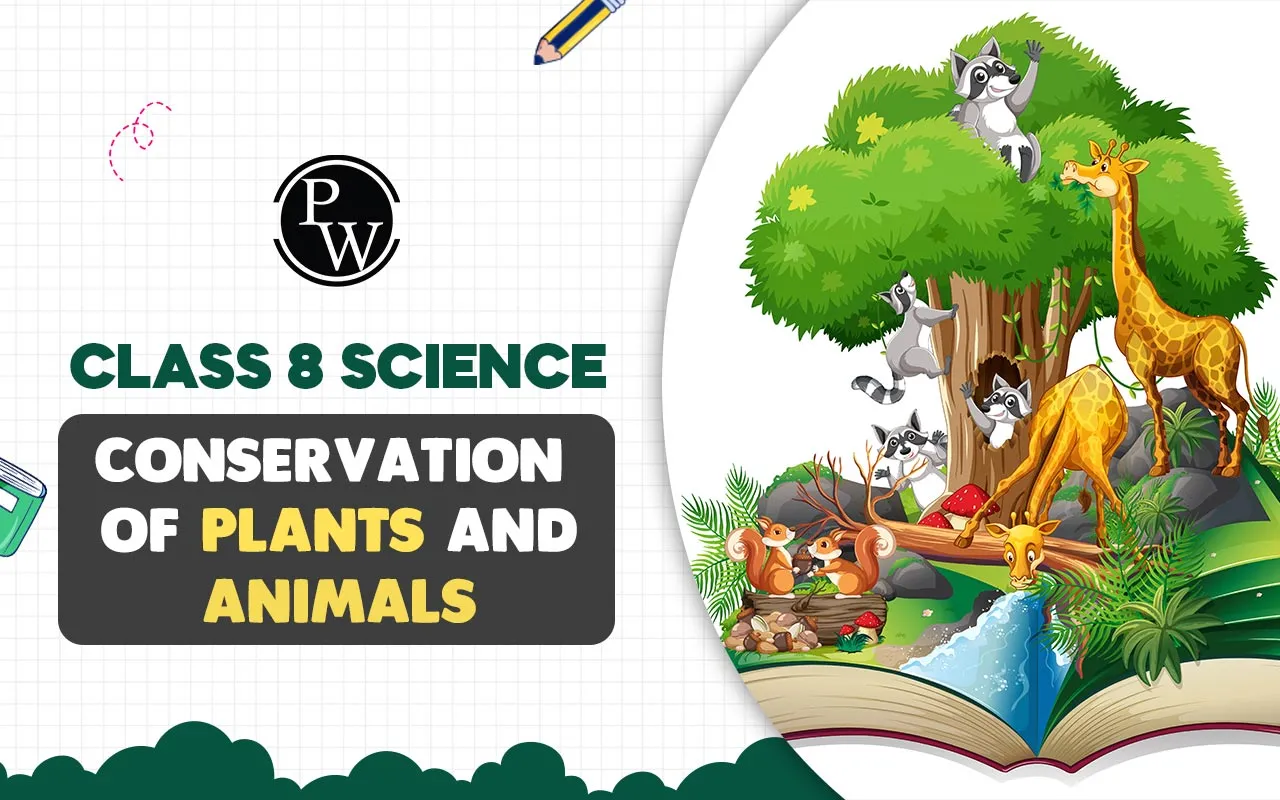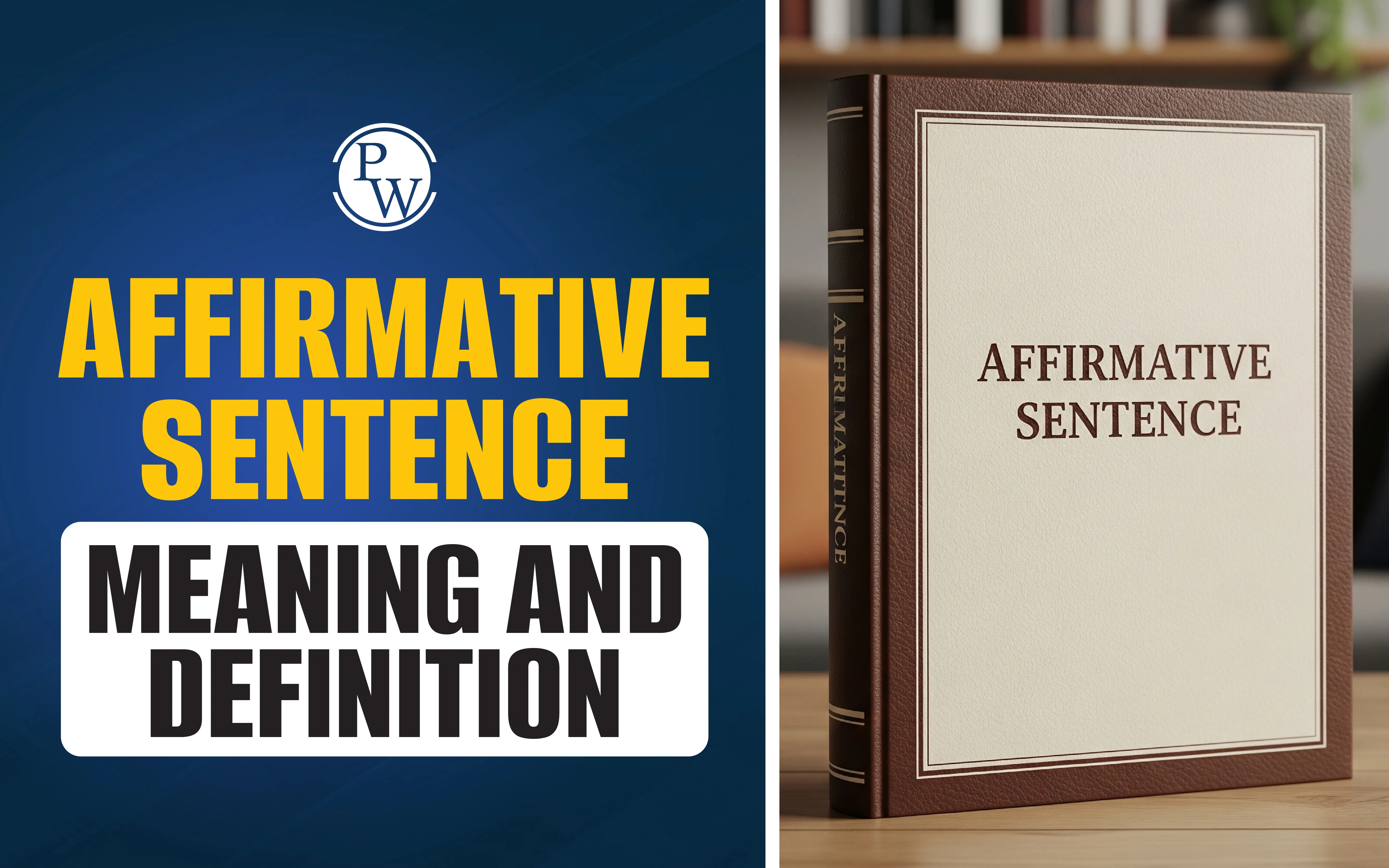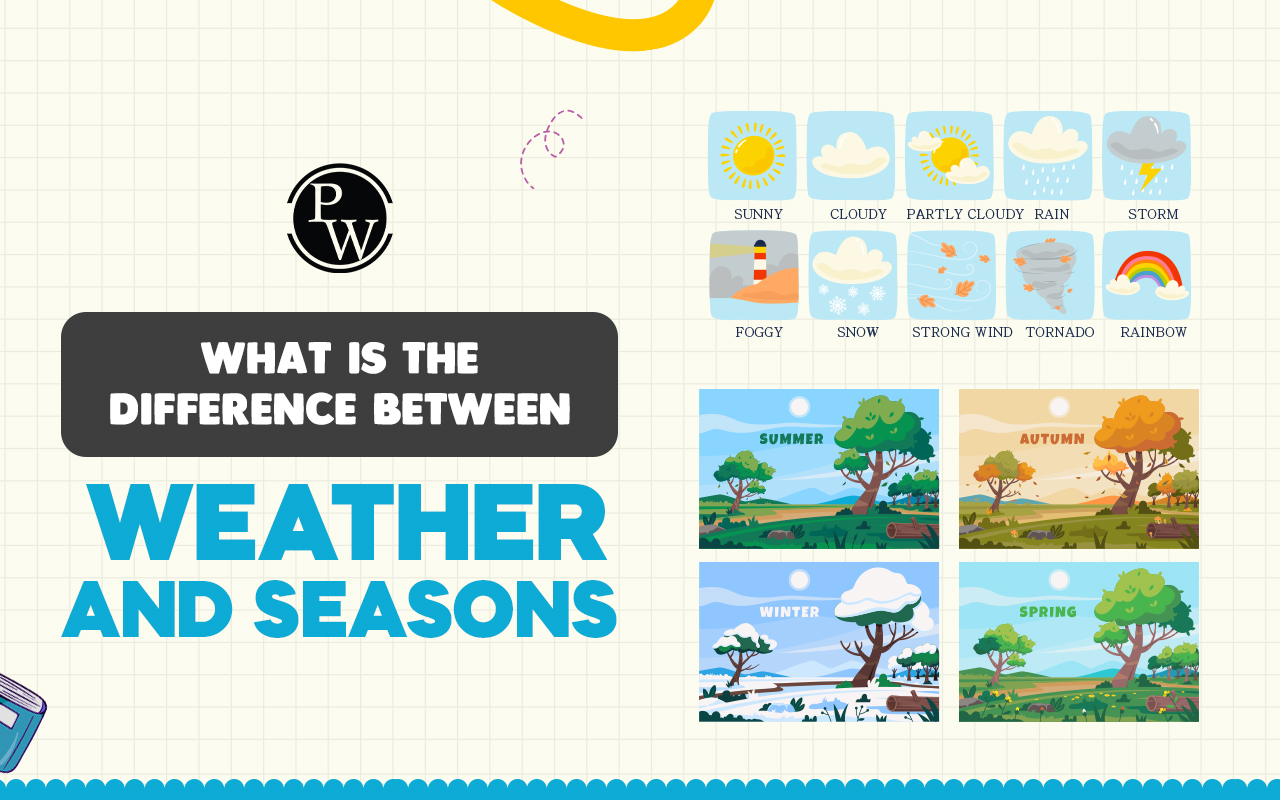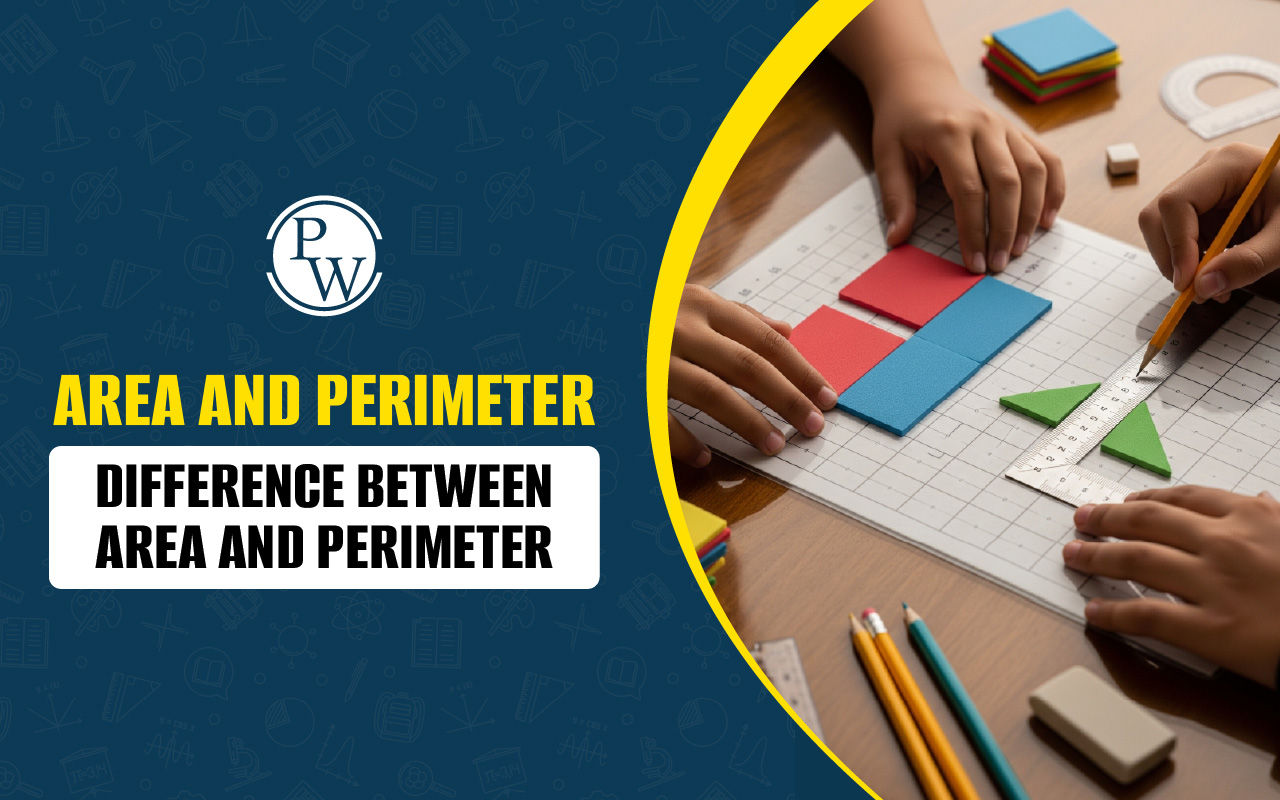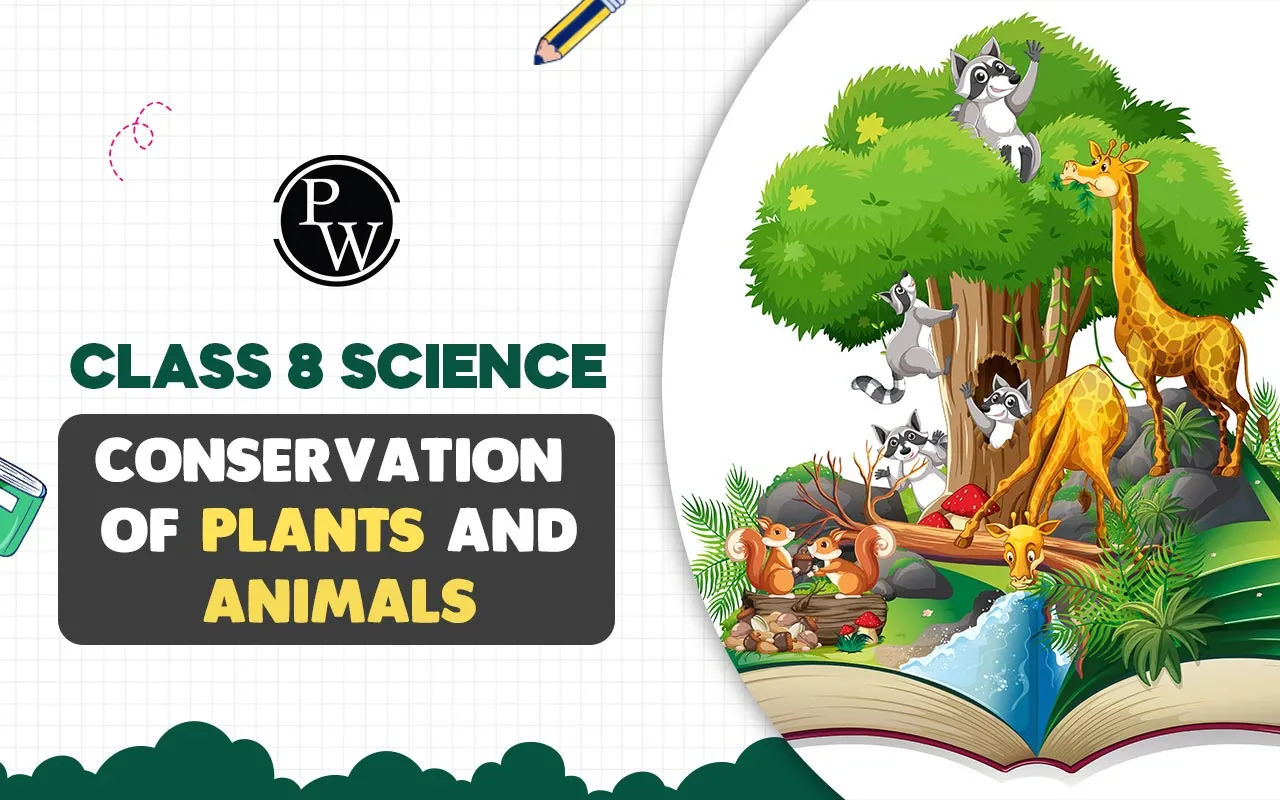
Have you ever stopped to look at the beauty of a lush forest or the graceful flight of a bird? Nature's kingdoms, from the towering trees to the tiniest insects, create a delicate balance that sustains life as we know it. As human activities continue to reshape the planet, the urgent need to conserve and protect our flora and fauna becomes more evident than ever. In this article, we’ll discuss conservation of plants and animals , biodiversity, and much more!
What Is Conservation of Plants and Animals ?
Conservation of plants and animals , encompasses a range of strategies and practices aimed at preserving ecosystems and species diversity. Its importance cannot be overstated; it is the cornerstone of maintaining the delicate balance of Earth's natural systems. The loss of a single species can lead to a cascading effect, disrupting entire ecosystems and impacting human livelihoods. By protecting plants and animals, we ensure the health and stability of our environment and safeguard resources for future generations.Possible Ways of Conservation
Here are some interesting ways we can step up and protect our planet's incredible biodiversity:- Don’t Go to Protected Areas: Protected areas like national parks and wildlife reserves offer a no-disturb zone where creatures can flourish without human disturbance. By supporting and expanding these areas, we're giving species a fighting chance.
- Habitat Restoration: Picture your room after a makeover. Habitat restoration is like that, but for ecosystems! We're talking about bringing back the green glory after deforestation or pollution messes things up. When we help nature regrow, it's a win-win for both animals and us.
- Sustainable Living: You know that feeling when you find a dress that's also comfortable? Sustainable land use practices are like that. Things like eco-friendly farming and agroforestry doesn't just fill our plates, but also keeps habitats intact and wildlife happy.
- Spreading Conservation Awareness: Imagine a world where everyone knows the importance of conservation. That's the goal of education and awareness campaigns. By spreading the word about saving species and ecosystems, we're turning everyday people into eco-heroes.
- Reduce Poaching: Poaching is very harmful for animals. By narrowing down on illegal wildlife trade and supporting anti-poaching efforts, we're defending creatures that can't speak up for themselves.
- Saving Endangered Species: Some species are on the edge of extinction, and that's where ex-situ conservation swoops in. Zoos, gardens, and seed banks give endangered animals a second chance at survival, like a rescue team for nature.
- Teamwork: Teamwork makes the dream work, especially when it comes to conservation. International agreements and collaborations unite countries in the mission to protect nature. It's like the whole world coming together!
- Careful Usage of Resources: Just like we manage our snacks to make them last, responsible resource management keeps Earth's goodies intact. From forests to oceans, making smart choices ensures we enjoy nature's bounty without depleting it.
- Community Power: Guess who knows their backyard best? The people who live there! Community-based conservation lets locals take the lead. When they're on board, it's like a neighbourhood watch program for nature.
- Science: Science and technology are like conservation's secret weapons. Advanced gadgets and smart research help us track species, understand their behaviour, and cook up clever plans to keep them safe.
Deforestation: Causes and Effects
Ever wondered why forests seem to be disappearing at an alarming rate? The answer lies in a practice called deforestation, which involves chopping down trees and clearing forested areas. It's a human-driven problem with some serious consequences for our environment, biodiversity, and even the climate. But, what are the causes and effects of deforestation?Causes of Deforestation
- Farming: One of the big reasons behind deforestation is the need for more farmland. As our population grows, we need more food, which means chopping down forests to create space for crops and livestock. Sometimes, they even burn down the forests to make way for farming.
- Logging: We all love wood for furniture, paper, and all sorts of things. But when companies chop down too many trees for these things, it's a big problem. It's like taking away the homes of countless plants and animals.
- Cities and Roads: Ever seen new highways or buildings springing up? Well, these need space too, and often that means cutting down trees. The result? Not just trees disappearing, but habitats for animals getting broken into pieces.
- Mining: Mines for things like minerals, oil, and gas also contribute to deforestation. These operations require a lot of space, and often they end up destroying entire forests.
Effects of Deforestation
- Destruction of Habitat: Forests are homes for various animals. When they're cleared, animals lose their homes and can even disappear forever. Also, the places they live in become disconnected, making life tough for them.
- Imbalance in Ecosystem: Forests aren't just some trees; they're complex systems where everything works together. When they're gone, things like bugs helping plants grow, bees pollinating flowers, and predators keeping populations in check get messed up.
- Climate Problems: Trees are like carbon sponges. They suck up carbon dioxide (that's the bad things causing climate change) from the air and store it. When we cut down trees, that stored carbon gets released, contributing to global warming.
- Less Variety: Forests are like a biodiversity hotspot – they're packed with different plants and animals. When we destroy them, we're saying goodbye to species that might not be found anywhere else. That's bad news for the planet's variety of life.
- Soil Fertility: Trees hold soil together with their roots. Without them, soil erodes, becomes less fertile, and can even end up in water bodies. Plus, landslides become more common.
- Water Cycle Imbalance: Trees play a role in water cycles. When they're cut down, water patterns get messed up, leading to weird rainfall and even droughts and floods.
Biodiversity: Flora and Fauna of an Area
Flora
Plants are super important in ecosystems. From the tallest trees in lush rainforests to the tiniest flowers in dry deserts, each plant species has its own purpose. And, this variety isn't just for looks – it's actually crucial for how the whole ecosystem operates:- Maintaining Balance: You know how at a class, having a mix of people with different interests keeps things balanced and fun? Well, the variety of plant species in an ecosystem does the same thing. It stops one species from taking over and causing chaos.
- Habitat: Think of plants as the architects of the animal world. They build habitats for animals to live, find food, and have babies.
- Nutrition: Plants help pass around nutrients in the ecosystem. They suck up things from the soil, and when animals munch on them, those nutrients get passed up the food chain.
- Cooling the Planet: Plants are like Earth's natural air fresheners. They take in carbon dioxide and turn it into oxygen through photosynthesis. So, they're total climate helpers, helping to keep our planet cool.
Fauna
Now, let's talk about animals. These creatures are the life of the biodiversity, bringing their own unique skills and personalities to the mix.- Various Roles: Animals don’t just exist – they do some important jobs. They pollinate plants, scatter seeds, and even control pest populations. They're the unsung heroes of the ecosystem.
- Maintain Balance: Ever heard about the predator-prey thing? It's a natural process that helps keep populations in check. Without it, things could go wrong.
- Hotspots of Diversity: Imagine places that have a lot of biodiversity. These are biodiversity hotspots – areas like rainforests and coral reefs that are packed with more species than you could imagine.
- Indicate Change: Some animals act as indicators for changes in the environment, similar to canaries in a coal mine. These creatures possess heightened sensitivity that allows scientists to decipher ecosystem dynamics.
Biodiversity Conservation
The conservation of biodiversity is paramount for various reasons:- Importance of Conserving Biodiversity: The conservation of biodiversity holds great significance. Biodiversity plays a crucial role in providing essential ecosystem services such as clean air, water purification, and nutrient cycling. Moreover, it facilitates the development of groundbreaking medicines and progressive agricultural practices. However, numerous threats exist that jeopardise biodiversity. Human activities pose significant risks through habitat destruction, pollution, invasive species, and the overexploitation of resources.
- Threats to Biodiversity: Human activities pose significant threats to biodiversity, including habitat destruction, pollution, invasive species, and overexploitation of resources.
- Conservation Strategies: Conservationists employ diverse strategies to safeguard biodiversity. In-situ conservation involves protecting species within their natural habitats, while ex-situ conservation involves preserving species outside their habitats, often in zoos, botanical gardens, or seed banks.
Importance of Conservation of Plants and Animals
Conservation efforts carry far-reaching benefits:- Ecosystem Stability and Services: Conserving plants and animals ensures that ecosystems remain balanced and continue to provide vital services like pollination, water purification, and soil fertility.
- Economic Benefits: Healthy ecosystems support ecotourism, creating jobs and generating revenue. Additionally, biodiverse areas hold the potential for new discoveries, including medicines and other valuable resources.
- Ethical and Aesthetic Value: Beyond practical benefits, the intrinsic value of nature is undeniable. Conserving biodiversity is a moral obligation to preserve life for its own sake. Diverse landscapes also hold cultural and aesthetic significance, enriching our lives.
Conservation of Plants and Animals Conclusion
The conservation of plants and animals is not merely a choice, but an imperative for the well-being of our planet and future generations. By implementing measures such as protected areas, sustainable practices, and awareness campaigns, we can mitigate the adverse impacts of deforestation and habitat loss.| Related Links | |
|---|---|
| NCERT Solutions for Class 8 | CBSE Class 8 Syllabus |
Conservation of Plants and Animals FAQs
Q1. Why is biodiversity important? Ans. Biodiversity maintains ecosystem stability, offers resources, and enhances resilience to environmental changes, sustaining life on Earth. Q2. How does deforestation harm biodiversity? Ans. Deforestation destroys habitats, disrupts ecosystems, and leads to species extinction, destabilising the delicate balance of nature. Q3. What is ex-situ conservation? Ans. Ex-situ conservation involves preserving species outside their natural habitat, such as in zoos, botanical gardens, or seed banks. Q4. How can individuals contribute to conservation? Ans. By reducing waste, supporting sustainable products, and advocating for policies, individuals can have a positive impact on nature's protection. Q5. What are keystone species? Ans. Keystone species exert disproportionate influence on an ecosystem. Their removal can lead to cascading effects, disrupting the entire environment.Why is biodiversity important?
Biodiversity maintains ecosystem stability, offers resources, and enhances resilience to environmental changes, sustaining life on Earth
How does deforestation harm biodiversity?
Deforestation destroys habitats, disrupts ecosystems, and leads to species extinction, destabilising the delicate balance of nature.
What is ex-situ conservation?
Ex-situ conservation involves preserving species outside their natural habitat, such as in zoos, botanical gardens, or seed banks.
How can individuals contribute to conservation?
By reducing waste, supporting sustainable products, and advocating for policies, individuals can have a positive impact on nature's protection.
What are keystone species?
Keystone species exert disproportionate influence on an ecosystem. Their removal can lead to cascading effects, disrupting the entire environment.
Free Learning Resources
PW Books
Notes (Class 10-12)
PW Study Materials
Notes (Class 6-9)
Ncert Solutions
Govt Exams
Class 6th to 12th Online Courses
Govt Job Exams Courses
UPSC Coaching
Defence Exam Coaching
Gate Exam Coaching
Other Exams
Know about Physics Wallah
Physics Wallah is an Indian edtech platform that provides accessible & comprehensive learning experiences to students from Class 6th to postgraduate level. We also provide extensive NCERT solutions, sample paper, NEET, JEE Mains, BITSAT previous year papers & more such resources to students. Physics Wallah also caters to over 3.5 million registered students and over 78 lakh+ Youtube subscribers with 4.8 rating on its app.
We Stand Out because
We provide students with intensive courses with India’s qualified & experienced faculties & mentors. PW strives to make the learning experience comprehensive and accessible for students of all sections of society. We believe in empowering every single student who couldn't dream of a good career in engineering and medical field earlier.
Our Key Focus Areas
Physics Wallah's main focus is to make the learning experience as economical as possible for all students. With our affordable courses like Lakshya, Udaan and Arjuna and many others, we have been able to provide a platform for lakhs of aspirants. From providing Chemistry, Maths, Physics formula to giving e-books of eminent authors like RD Sharma, RS Aggarwal and Lakhmir Singh, PW focuses on every single student's need for preparation.
What Makes Us Different
Physics Wallah strives to develop a comprehensive pedagogical structure for students, where they get a state-of-the-art learning experience with study material and resources. Apart from catering students preparing for JEE Mains and NEET, PW also provides study material for each state board like Uttar Pradesh, Bihar, and others
Copyright © 2025 Physicswallah Limited All rights reserved.
